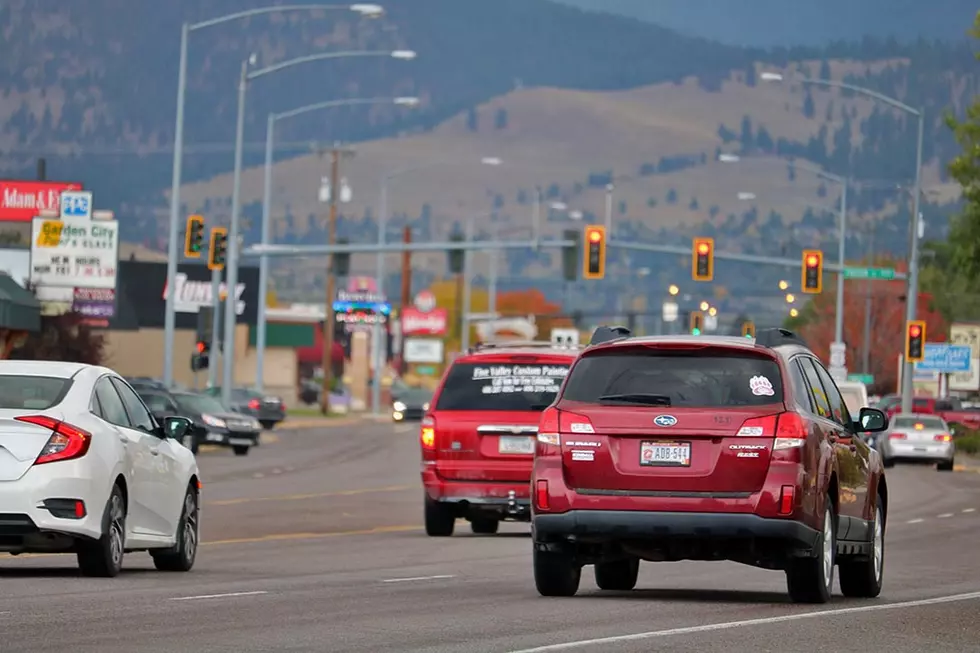
City of Missoula retooling approach to transportation planning
Saying the past approach to funding capital improvement projects wasn't as transparent as it could be, the city on Wednesday unveiled a unified method of reviewing road projects based on city priorities and deeper planning.
The desired outcome includes better connectivity, access, safety and equity.
“Coming at a process that's a little more established and looks at all these projects in a more comprehensive way will make it easier for the public to understand how we're making decisions and why we're making decisions,” said Aaron Wilson, the city's transportation coordinator.
The City of Missoula adopted its Long Range Transportation Plan in 2017. It set a number of goals to increase alternative modes of transportation and applied a data-driven approach to prioritizing projects.
While the method marked a step in a new direction, the city has adopted a number of other plans in the passing years, from climate change to affordable housing and complete streets.
Wilson said the city is working to view those plans under a single lens by adopting a performance based approach when prioritizing future transportation projects.
“Federal funding is typically not keeping up with demand,” said Wilson. “There's more funding and resources required at the local level to help achieve transportation goals.”
That local funding comes through the Capital Improvement Program, and while funding in the program is limited, the city can apply different criteria when evaluating where to place the revenue.
That includes balancing the city's various goals, from climate change to housing. It also has a bicycle facilities master plan that comes into play, and Mountain Line has its own transportation goals.
“We've done a lot of planning and I think we've done a good job at that, but now we need to get into investing those limited resources and start implementing these plans,” said Wilson.
Ben Weiss, the city's bicycle and pedestrian coordinator, said the South Avenue reconstruction project west of Reserve Street scored high under the new criteria given its access to hospitals and parks and its transit future.
He said the new scoring process will better align the Capital Improvement Program with the region's Long Range Transportation Plan and enable planners to make better use of limited funds with outcomes in mind.
Weiss said equity and underserved neighborhoods are a big piece of the equation.
“While all our planning documents support focusing inward, infill and neighborhoods, what we're seeing happen is that when it happens without increased investment in those neighborhoods, they're feeling the added impacts of that redevelopment,” said Weiss. “We're looking at affordable housing as defined in the housing plan and trying to layer that on there.”
